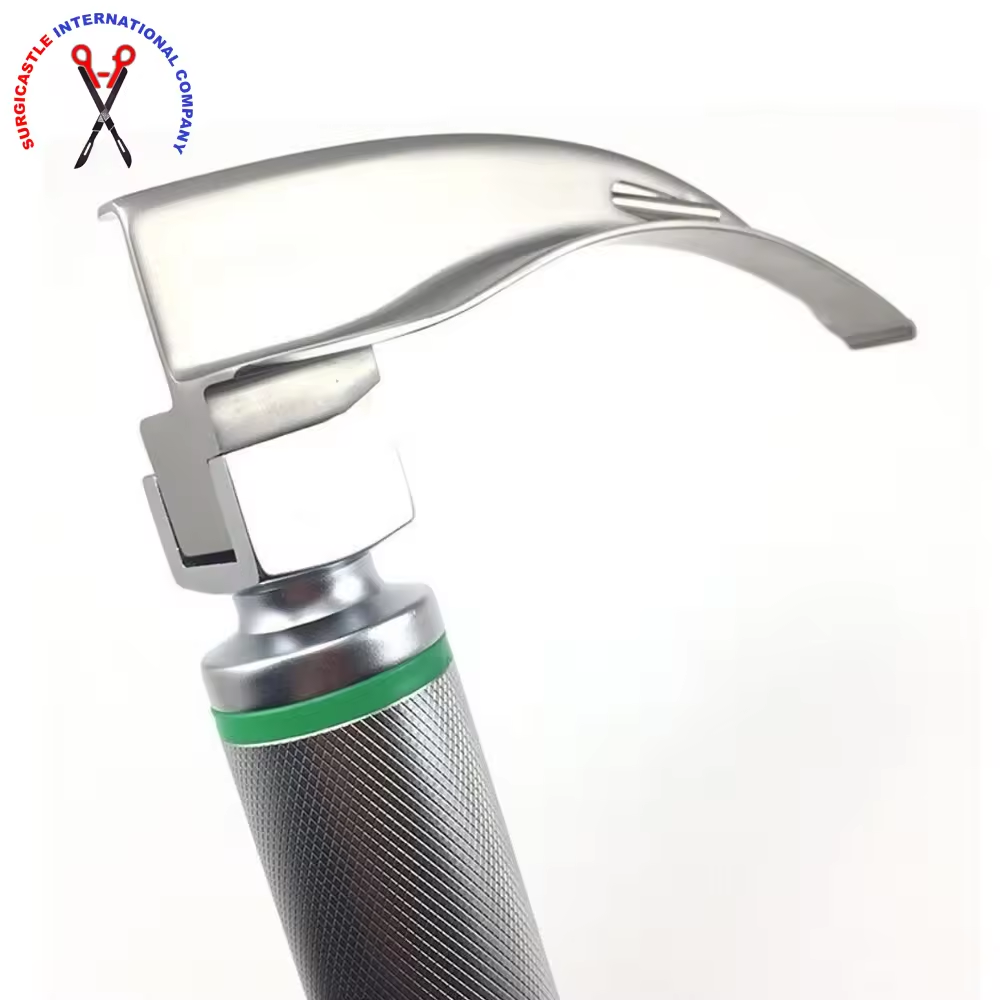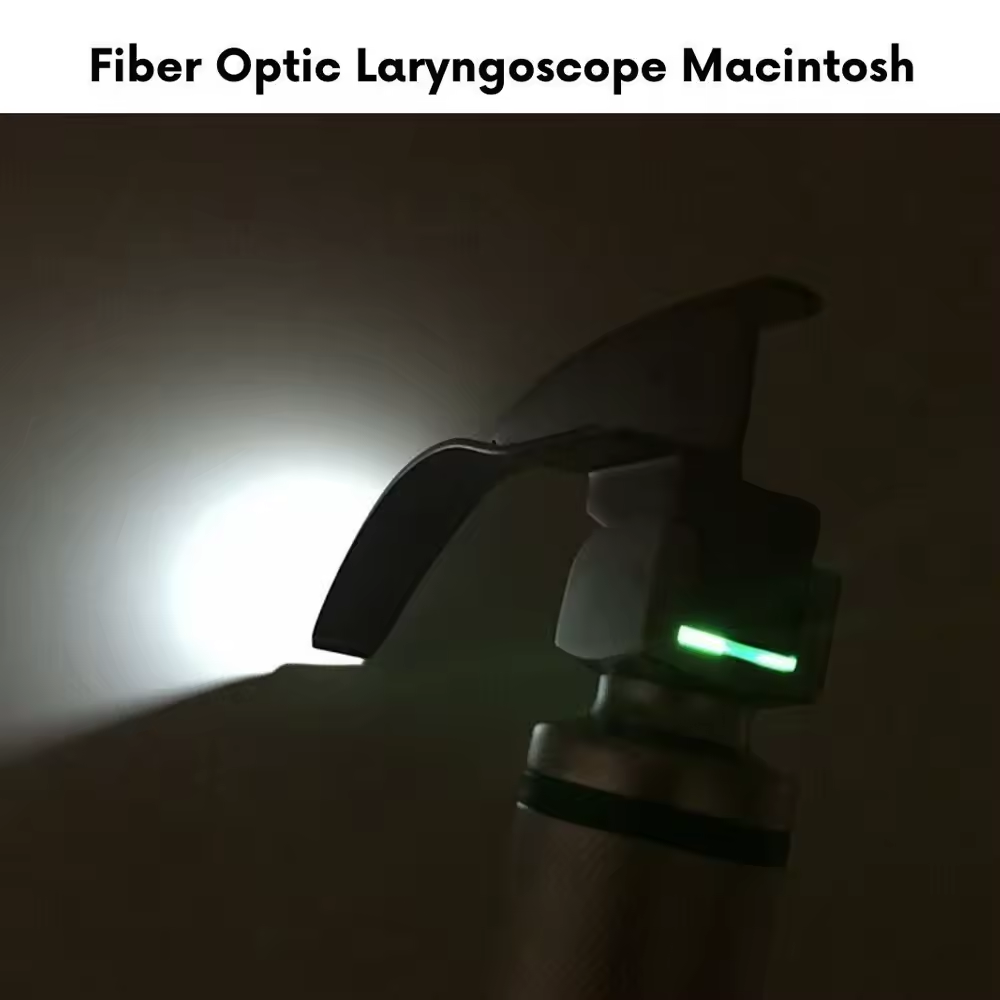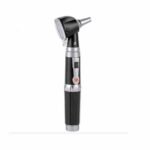Introduction to the Laryngoscope Macintosh
The Laryngoscope Macintosh, a pivotal instrument in modern anesthesiology and critical care, was invented by Sir Robert Reynolds Macintosh in 1943. This innovative device revolutionized the process of tracheal intubation, providing a safer and more efficient method for securing the airway. Sir Macintosh’s design emerged from a need for a more reliable tool to visualize the vocal cords and facilitate endotracheal tube placement, addressing the limitations of previous laryngoscope models.
At its core, the Macintosh laryngoscope consists of two primary components: the blade and the handle. The blade, characterized by its curved shape, allows for optimal visualization of the glottis while minimizing trauma to the patient. This curvature enables the blade to follow the natural anatomy of the oropharynx, lifting the epiglottis indirectly to expose the vocal cords. The handle, ergonomically designed for a secure grip, houses the light source that illuminates the airway during the procedure, ensuring clear visibility for the clinician.
The significance of the Macintosh laryngoscope in the medical field cannot be overstated. Its design has set the standard for laryngoscopy, influencing subsequent innovations and improvements in airway management tools. The Macintosh’s ability to provide a clear line of sight to the vocal cords has made it the preferred choice in many clinical settings, from emergency rooms to operating theaters.
When compared to other types of laryngoscopes, such as the Miller or McCoy, the Macintosh stands out due to its unique blade curvature and ease of use. The Miller laryngoscope, for instance, features a straight blade, which requires direct lifting of the epiglottis and is often preferred for pediatric patients. On the other hand, the McCoy laryngoscope incorporates a hinged tip to further aid in lifting the epiglottis. Despite these variations, the Macintosh’s balance of simplicity, effectiveness, and adaptability has cemented its place as an essential tool in airway management.
The Laryngoscope Macintosh is a pivotal instrument in the field of airway management, particularly in anesthesia and emergency medicine. Its practical applications are vast, and mastering its use is essential for healthcare professionals. This section elucidates the step-by-step process of performing laryngoscopy with a Macintosh blade, including preparation, positioning, and insertion techniques, as well as common indications and potential challenges.
Step-by-Step Process of Performing Laryngoscopy with a Macintosh Blade
Preparation is the cornerstone of successful laryngoscopy. Begin by ensuring all necessary equipment is prepared and functional. This includes the Macintosh blade, a functioning laryngoscope handle, and appropriate size endotracheal tubes. Pre-oxygenate the patient to reduce the risk of hypoxia during the procedure.
Positioning the patient correctly is crucial. The “sniffing position,” where the neck is flexed, and the head is extended, optimizes the alignment of the oral, pharyngeal, and laryngeal axes. This position facilitates a clear view of the vocal cords, making intubation more straightforward.
The insertion technique involves gently opening the patient’s mouth and inserting the blade along the right side of the tongue, sweeping it to the left to displace it. Advance the blade until the tip is in the vallecula, the space between the base of the tongue and the epiglottis. Apply gentle upward and forward pressure to lift the epiglottis, exposing the vocal cords for intubation.
Common Indications for Use
The Laryngoscope Macintosh is primarily used in airway management during anesthesia, facilitating the placement of an endotracheal tube to maintain a patent airway. It is also indispensable in emergency situations where rapid airway control is necessary, such as in trauma or cardiac arrest scenarios.
Potential Challenges and Troubleshooting
Challenges during laryngoscopy can include a poor view of the vocal cords due to anatomical variations or improper technique. Troubleshooting tips include repositioning the patient, using external laryngeal manipulation to improve the view, and employing adjuncts like a bougie or stylet to guide the endotracheal tube. Recognizing and addressing these challenges promptly can significantly improve success rates.
Importance of Training and Practice
Proficiency in using the Macintosh laryngoscope is achieved through rigorous training and practice. Simulation-based training and repeated hands-on experience are crucial for developing the skills needed to perform laryngoscopy effectively and safely. Continual education and practice ensure that healthcare professionals remain adept at employing this critical tool in various clinical scenarios.








Reviews
There are no reviews yet.